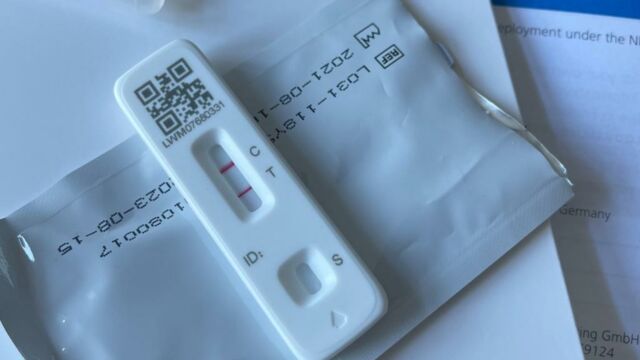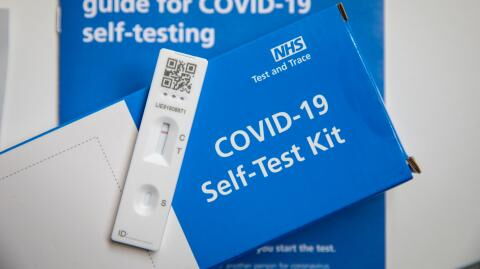The UK government has been heavily relying on lateral flow tests (LFT) to have their population tested for the coronavirus. Now that they’ve decreed that all travellers arriving in the UK can forgo PCR tests and instead book a lateral flow, these handy little devices have become even more important in their fight against the virus.
Discover our latest podcast
If you have taken a lateral flow test before, you’re probably aware of the numerous steps you need to follow for an accurate result. One misstep and your result could be a false positive or a false negative—both of which have their own consequences. So, here are the most common mistakes people make while getting tested.
Reading the results
Depending on the kit you receive, the test results usually come between a 15 to 30-minute window. The government, however, suggests waiting a full 30 minutes to allow the most accurate reading to develop. They wrote on GOV.UK:
A positive result can appear at any time after 20 minutes, however, you must wait for the full 30 minutes to record a negative result as the test line (T) may take this long to appear.
Unfortunately, it so happens that many people see only one line on the device after 15 minutes and conclude that they are COVID-negative, when in fact they might actually be positive. But the opposite can also be true. My London reported that A&E doctor Nathan Hudson-Peacock has been warning people not to wait for results after the 30-minute mark. He wrote on his Instagram:
If a line appears *after* the interpretation window then this does NOT count as a positive test. NHS guidance is that you do not need to isolate and you do not need to book a PCR, unless of course you have symptoms.
Mistakes with the swab
There are two mistakes you could be making when it comes to getting a swab sample.
The first is that a simple nose swab may not be sufficient in getting an accurate result. Some experts believe that people should be swabbing both their throat and nose. Professor Jennifer L. Rohn, a cellular biologist, suggests people to opt for LFTs that require samples from both parts of the body. She said in a tweet:
If you think you might have COVID, consider adding the throat sample. Just for the avoidance of doubt—the test I used was FlowFlex, one of the UK government-provided LFD kits.
These instruct the user to perform nasal sampling only. Other kits are designed for dual tonsil/nasal sampling. My suggestion is to perform dual even for former.
Secondly, you should also make sure you’re letting the collected sample sit in the test tube for the amount of time that is notified in the instructions.















